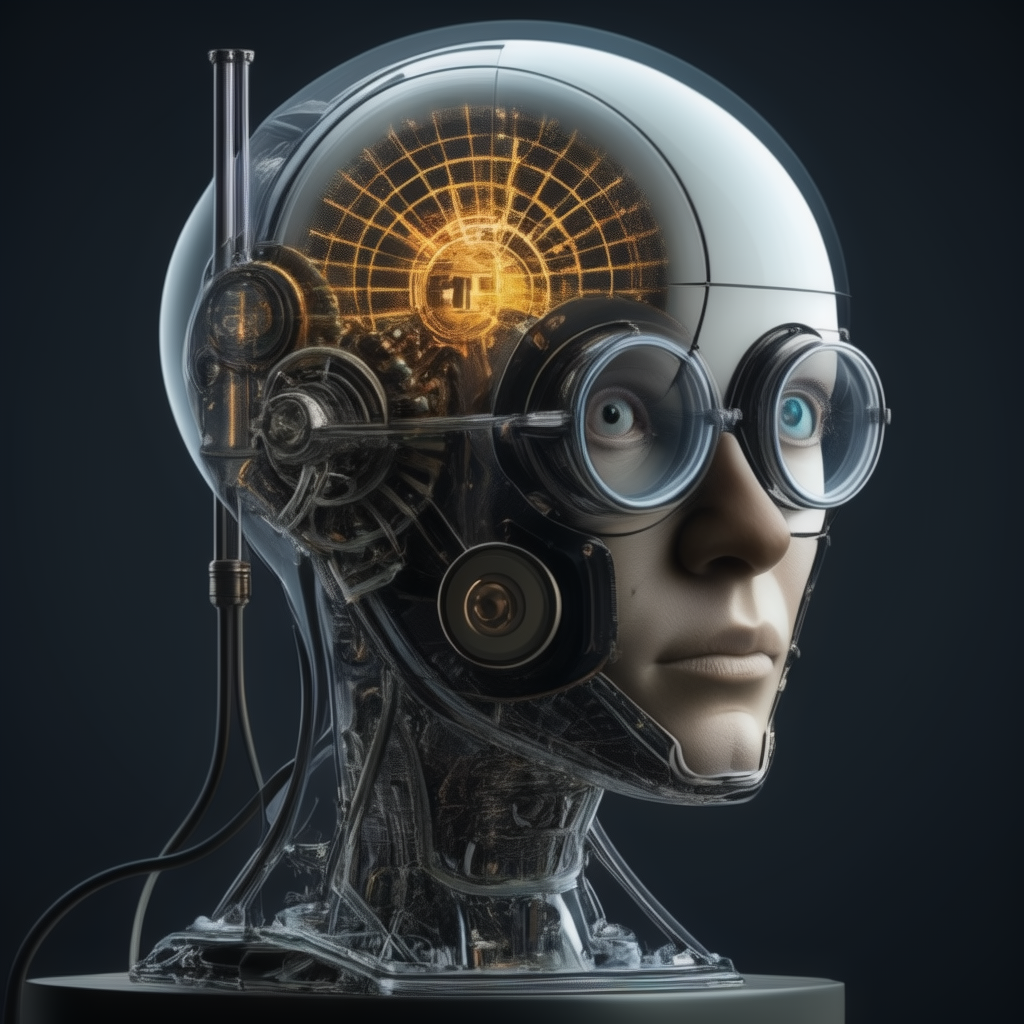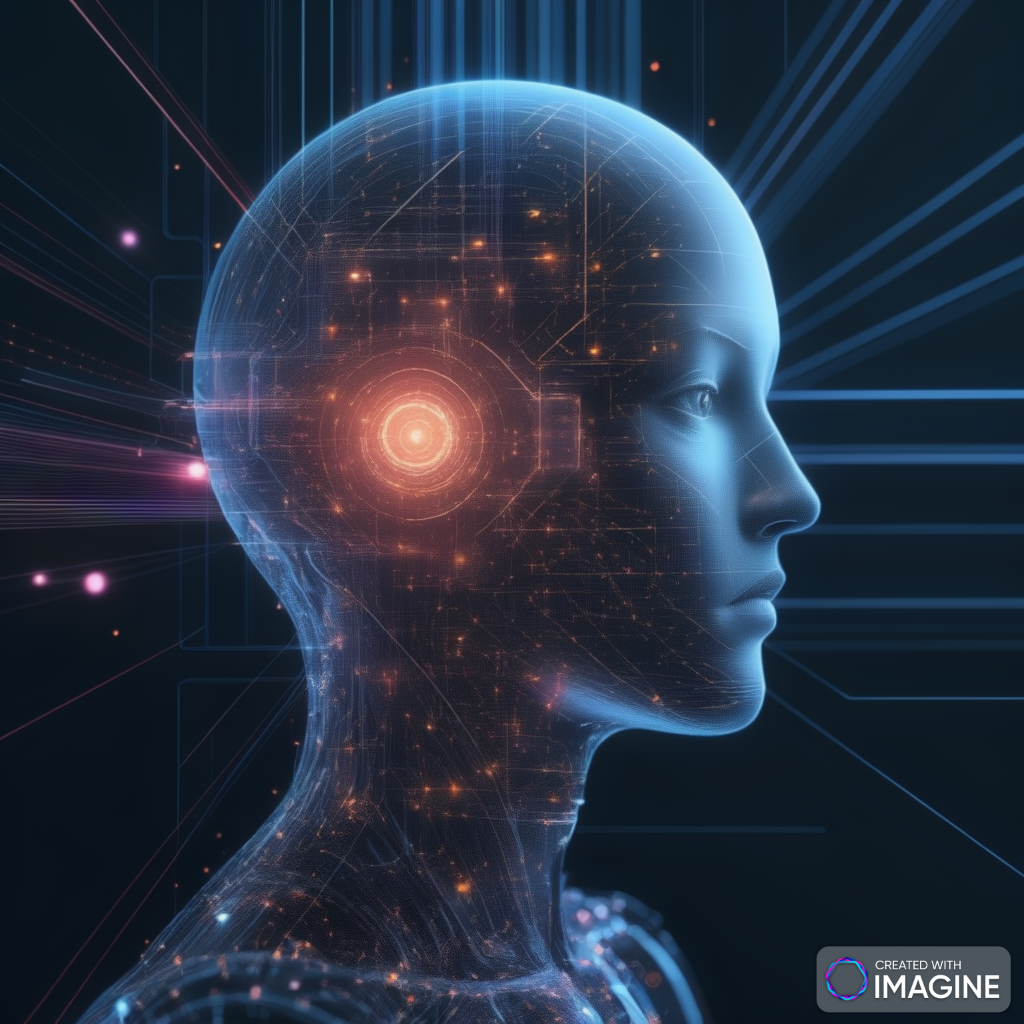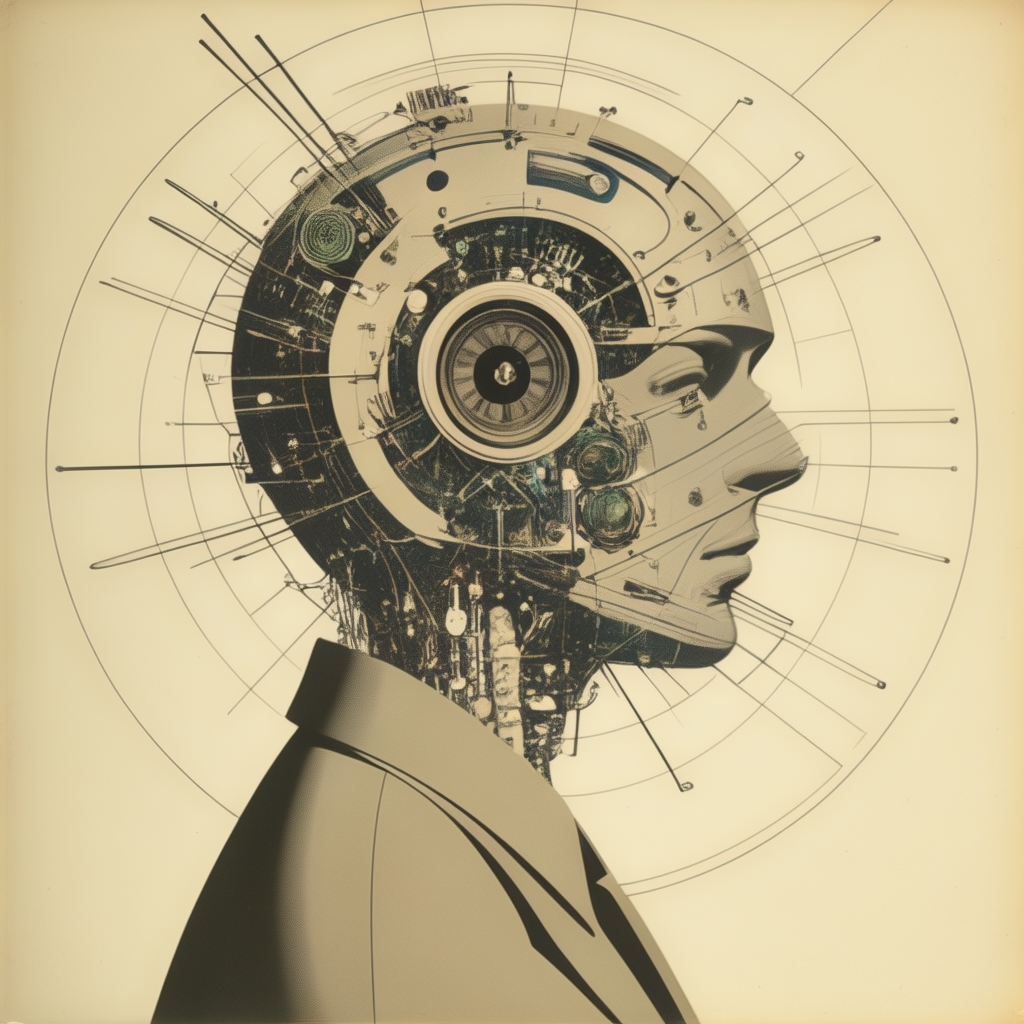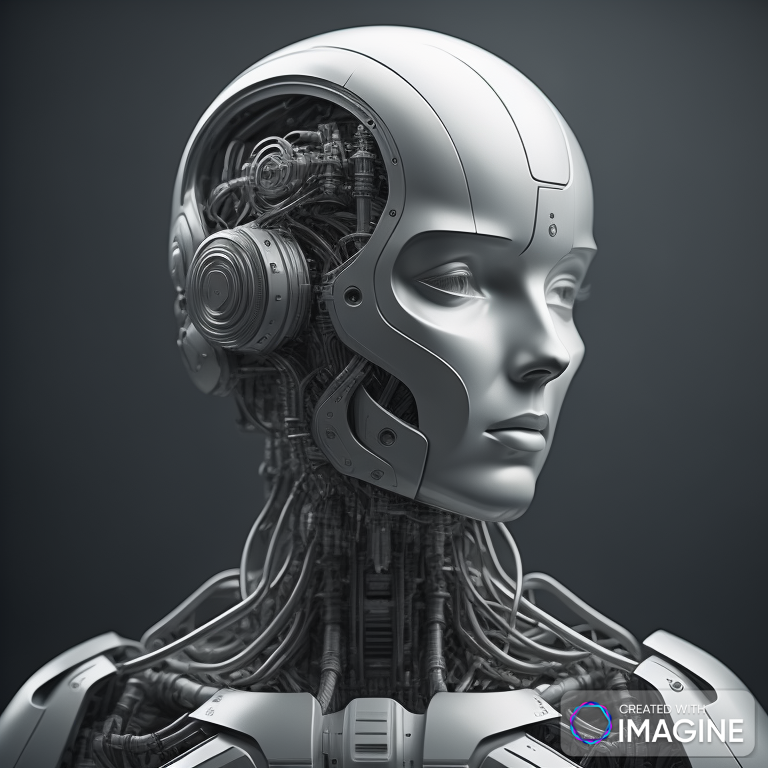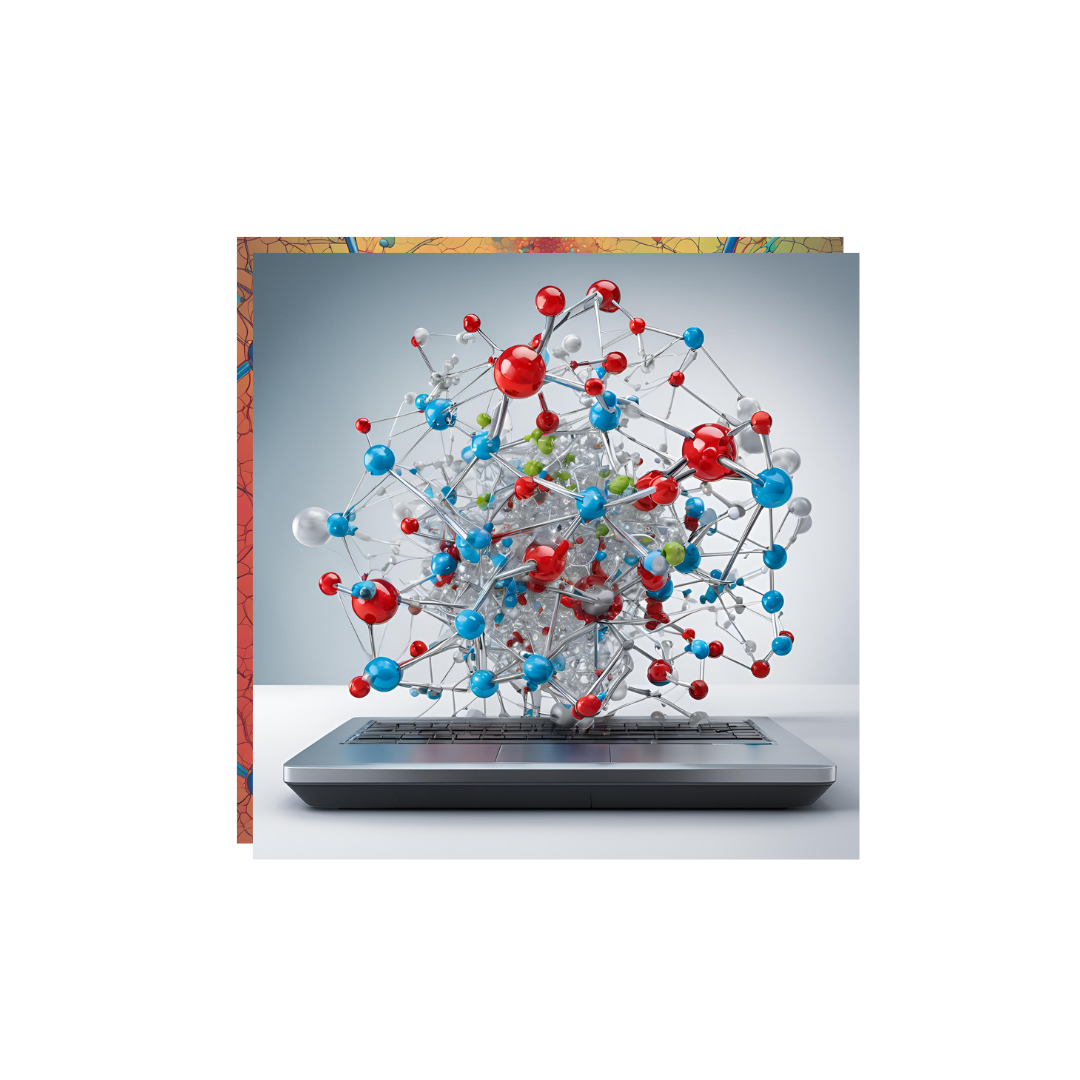Understanding Model-Based Agents in AI: Knowledge, World Models, and Intelligent Behavior
In Artificial Intelligence (AI), the concept of model-based agents plays a fundamental role in enabling machines to act intelligently by leveraging knowledge about how the world works. Whether this knowledge is implemented in the form of simple Boolean circuits or comprehensive scientific theories, it is referred to as the model of the world. An agent that utilizes such a model to guide its actions is known as a model-based agent. This approach contrasts with simpler, model-free agents, which lack an internal representation of the environment and rely on other mechanisms to determine their behavior.
In this blog post, we’ll delve into the nature of model-based agents, explore how they work, and examine their importance in AI. We’ll also compare model-based and model-free approaches, and discuss the challenges and advancements in building intelligent agents that effectively use models of the world.
What is a Model of the World?
A model of the world is an internal representation that encodes knowledge about the environment in which an AI agent operates. This model can range from simple structures, such as Boolean circuits that describe basic logical rules, to complex scientific theories that capture the nuances of physics, chemistry, biology, and more. The goal of the model is to describe the cause-and-effect relationships in the environment, enabling the agent to predict the outcomes of its actions.
- Simple models: A simple Boolean circuit could model basic decision-making rules, such as determining whether a light should turn on based on input from sensors. These models are basic but useful in constrained environments.
- Complex models: More advanced models can simulate entire physical systems, such as how objects move under the influence of gravity, or predict the behavior of other agents in a multi-agent system. These models require deeper understanding and more computational power.
The Role of the Model in AI Agents
An AI agent is any entity that perceives its environment, processes information, and takes actions to achieve its goals. A model-based agent is an agent that uses its model of the world to simulate potential actions and their effects before choosing the best course of action.
Model-based agents operate by:
- Perceiving the environment: The agent gathers data through sensors (e.g., cameras, microphones, radar) to understand the current state of the world.
- Using the model: The agent uses its internal model to predict how its actions will change the state of the world. This prediction can be based on rules, physics, or statistical relationships learned from data.
- Making decisions: The agent evaluates possible future outcomes and selects actions that maximize its objectives, whether they are safety, efficiency, reward, or another metric.
- Acting on the environment: Finally, the agent executes the chosen action, receiving feedback on how the environment changes in response.
This process enables model-based agents to behave rationally by understanding both the current situation and the potential future consequences of their actions.
Model-Based vs. Model-Free Agents
AI agents can broadly be classified into model-based and model-free agents:
- Model-Based Agents: These agents have an internal representation of the world. They can reason about future events, plan actions, and adapt more flexibly to changes. For example, a robot equipped with a model of the physical world can predict how objects will move and adjust its behavior accordingly.
- Model-Free Agents: These agents, on the other hand, do not use an explicit model of the environment. Instead, they rely on trial and error, often using reinforcement learning to improve behavior over time. For instance, a model-free agent learns through repeated interactions and is typically faster in environments where direct experience is abundant. However, it may struggle to adapt to new situations.
Pros and Cons of Model-Based Agents:
- Pros:
- Planning and foresight: A model-based agent can simulate future scenarios, which is invaluable in environments that require long-term planning.
- Generalization: These agents can handle a wide range of problems, as the same model can be applied to different scenarios.
- Adaptability: Model-based agents can adjust to changes in the environment by updating their models.
- Cons:
- Complexity: Building accurate and comprehensive models is difficult and computationally expensive, especially in large, dynamic environments.
- Computational cost: Running simulations of future events can require significant processing power and time, which can hinder real-time decision-making.
The Importance of Models in Real-World AI Applications
Model-based agents have been successfully applied in various real-world AI systems where planning and prediction are critical. Some notable applications include:
- Robotics: Robots that interact with the physical world, such as autonomous drones or self-driving cars, use model-based approaches to predict how their actions will impact the environment. They must take into account factors like physics (gravity, momentum) and human behavior to navigate safely.
- Healthcare: AI in healthcare can use models of biological systems to predict patient outcomes and recommend treatments. For instance, a model-based agent could simulate how different drugs will interact with a patient’s body and make recommendations based on those predictions.
- Game AI: In video games, model-based agents can predict the moves of human players or simulate the consequences of different strategies in complex environments like chess, Go, or real-time strategy games.
Challenges in Building Model-Based Agents
Despite their potential, building effective model-based agents is not without challenges. Some of the key difficulties include:
- Model accuracy: Constructing a model that accurately represents the real world is challenging. Incomplete or incorrect models can lead to poor decision-making.
- Computational limitations: Complex models require vast computational resources, making it difficult to run real-time simulations for every possible action.
- Exploration vs. exploitation: Model-based agents must balance exploring new strategies and exploiting known successful actions. This exploration can sometimes lead to inefficiencies, especially when the environment is unpredictable.
- Learning the model: While some models are pre-programmed based on existing scientific knowledge, many model-based agents need to learn their models from data. This process can be time-consuming and requires a large amount of data to ensure accuracy.
Advances in Model-Based AI
Recent advancements in AI research are making model-based agents more practical. Deep learning has allowed for more complex and flexible models that can learn directly from large datasets, while techniques like model predictive control (MPC) allow agents to make decisions based on models of dynamic systems.
Hybrid approaches that combine model-based and model-free techniques are also emerging, leveraging the advantages of both methods. For example, an agent may use a model-free approach to quickly learn basic behavior, and then use a model-based approach for long-term planning.
Deep Dive into Model-Based Agents in AI: Additional Points
1. Foundations of Model-Based AI: How it All Began
The concept of model-based reasoning in AI draws from early work in cybernetics and control theory. In the 1940s and 1950s, engineers began creating machines that could control systems based on models of their environment. These models allowed systems to adapt to changing conditions. Model-based AI builds on this legacy, allowing agents to act intelligently by simulating future outcomes based on current perceptions.
2. The Mathematical Foundations Behind Models
At the core of model-based agents are mathematical models that describe how different variables in the environment interact. These models can take various forms:
- Differential equations to represent continuous processes, such as fluid flow or temperature changes.
- State transition models that represent how the system moves from one discrete state to another (used heavily in fields like robotics and automation).
- Bayesian networks, where agents use probabilistic reasoning to infer outcomes based on uncertain or incomplete information.
For example, a model-based AI in a robot may calculate the trajectory of an object using Newton’s laws of motion or simulate the outcome of a strategic decision using game theory.
3. The Knowledge Representation Problem
A key challenge for model-based agents is how to represent knowledge effectively. The agent must encode a large amount of information in a format that is both computationally efficient and flexible enough to adapt to different situations. This often involves the use of:
- Semantic networks that capture relationships between different entities.
- Ontologies that define categories and relationships in a given domain (e.g., a medical ontology might define diseases, symptoms, and treatments).
- Logical rules that infer new knowledge from known facts.
Choosing the right knowledge representation method is crucial, as it can dramatically affect the agent’s ability to reason and make decisions.
4. Building Models from Data: The Role of Machine Learning
In many cases, agents don’t have access to a pre-built model of the world. Instead, they must learn the model from data. This process is known as model learning and is a key area of research in AI.
- Supervised learning can be used to learn models from labeled data, where the agent observes examples of inputs and corresponding outputs (e.g., learning to predict the next state of the environment given an action).
- Reinforcement learning allows agents to learn models by interacting with their environment. By trying different actions and observing their effects, the agent gradually constructs a model of how the world works.
This model-learning approach is especially useful in dynamic or uncertain environments where pre-programming every possible scenario is impossible.
5. Planning Algorithms in Model-Based AI
A major advantage of model-based agents is their ability to perform planning, where they can anticipate future states before acting. Some common planning algorithms include:
- A (A-star) algorithm*, used for pathfinding in robotics and navigation.
- Dynamic programming, which breaks problems into subproblems and solves them recursively (e.g., used in optimal control systems).
- Monte Carlo Tree Search (MCTS), a probabilistic method for decision-making in large spaces, often used in games like chess and Go.
These algorithms help agents choose the best action by simulating different possibilities and weighing their outcomes before acting.
6. Simulation Environments for Testing Models
Model-based agents can be trained and tested in simulated environments before being deployed in the real world. These environments allow developers to test different models and agent behaviors without the risks or costs associated with real-world testing. For example:
- Physics-based simulators like Gazebo or MuJoCo simulate how robots would behave in real-world environments.
- Game engines like Unity or Unreal Engine are often used to simulate more complex and dynamic environments for autonomous agents.
Simulations offer a safe and efficient way to refine models and test new strategies.
7. Hierarchical Models in AI
Model-based agents often use hierarchical models, where the world is broken down into layers of abstraction. For example, a robot might have a high-level model that plans its overall path to reach a destination and a lower-level model that controls its movements step-by-step. Hierarchical models allow agents to:
- Simplify decision-making by breaking it down into smaller, manageable tasks.
- Modularize different parts of the decision-making process, allowing the agent to focus on high-level goals while leaving lower-level control to more specialized subsystems.
8. Model-Based Reinforcement Learning (MBRL)
An important advancement in AI is Model-Based Reinforcement Learning (MBRL), where agents combine models with reinforcement learning to accelerate learning. In standard reinforcement learning, an agent learns solely from its interactions with the environment, which can be slow. In contrast, MBRL allows agents to use their model to simulate potential interactions and learn from these simulations, thereby speeding up the learning process.
- Model-free reinforcement learning relies on trial-and-error and requires a large amount of data to learn. It’s often used for video games and simple physical tasks.
- Model-based reinforcement learning, on the other hand, uses learned or pre-built models to simulate future steps, helping agents learn faster and make better decisions.
9. Hybrid Approaches: Combining Model-Free and Model-Based Systems
Hybrid systems that combine model-based and model-free approaches are becoming increasingly popular. In these systems, the agent uses a model-based approach for long-term planning and a model-free approach for rapid responses in highly dynamic environments. For example:
- In robotic control, a model-based system might plan the robot’s trajectory, while a model-free system quickly adjusts to unexpected obstacles.
- In game AI, a model-based agent might plan strategic moves, while a model-free agent learns from fast-paced, real-time feedback.
Hybrid systems strike a balance between the flexibility of model-based reasoning and the speed of model-free learning.
10. Meta-Reasoning and Meta-Learning in Model-Based Agents
A growing area of research in AI involves meta-reasoning—where agents reason about their own reasoning processes. Model-based agents can learn not only how to make decisions but also how to improve their own decision-making over time. This involves:
- Meta-learning, where agents learn how to learn. For example, an agent might start with a simple model of the world but improve that model as it gains more experience.
- Self-awareness in AI, where agents are designed to reflect on their own performance and adjust their models or strategies accordingly.
This meta-level reasoning can help agents adapt to new environments more quickly and efficiently.
11. AI Ethics and Model-Based Agents
Model-based AI systems are used in critical domains such as healthcare, autonomous driving, and finance, where decisions have real-world consequences. As these agents make decisions based on their models, ensuring the ethical design of these models is crucial. Ethical concerns include:
- Transparency: It’s important to design models that are interpretable, so humans can understand how decisions are made.
- Bias: Model-based agents can inherit biases from their training data, which can lead to unfair or dangerous outcomes. Ensuring that models are free from bias is critical, especially in sensitive areas like hiring or medical diagnosis.
- Accountability: In cases where a model-based agent makes a poor decision, it can be difficult to assign responsibility. Developers must carefully consider the ethical implications of autonomous agents and ensure that their behavior aligns with societal norms.
12. Future of Model-Based AI: Towards General AI
Looking ahead, researchers aim to create general AI systems—agents that can handle a wide variety of tasks using model-based reasoning. While current AI systems excel in specific domains (e.g., playing chess or diagnosing diseases), building a general AI agent that can reason and act across a wide range of environments remains a challenge. The development of better models, more efficient learning algorithms, and hybrid approaches will be critical to achieving this goal.
These additional points deepen the understanding of model-based agents in AI, exploring topics from basic to advanced, and highlighting their significant impact on the development of intelligent systems.
Conclusion
In AI, model-based agents represent a powerful paradigm for creating intelligent systems that can understand and interact with the world. By using models that describe the environment, these agents can predict the consequences of their actions, make informed decisions, and adapt to changes. While building such agents is complex and computationally demanding, advances in AI research are pushing the boundaries of what is possible, making model-based approaches increasingly practical in real-world applications.
As AI continues to evolve, the development of robust and efficient models of the world will be key to creating agents capable of achieving rational, intelligent behavior across a wide range of domains.

